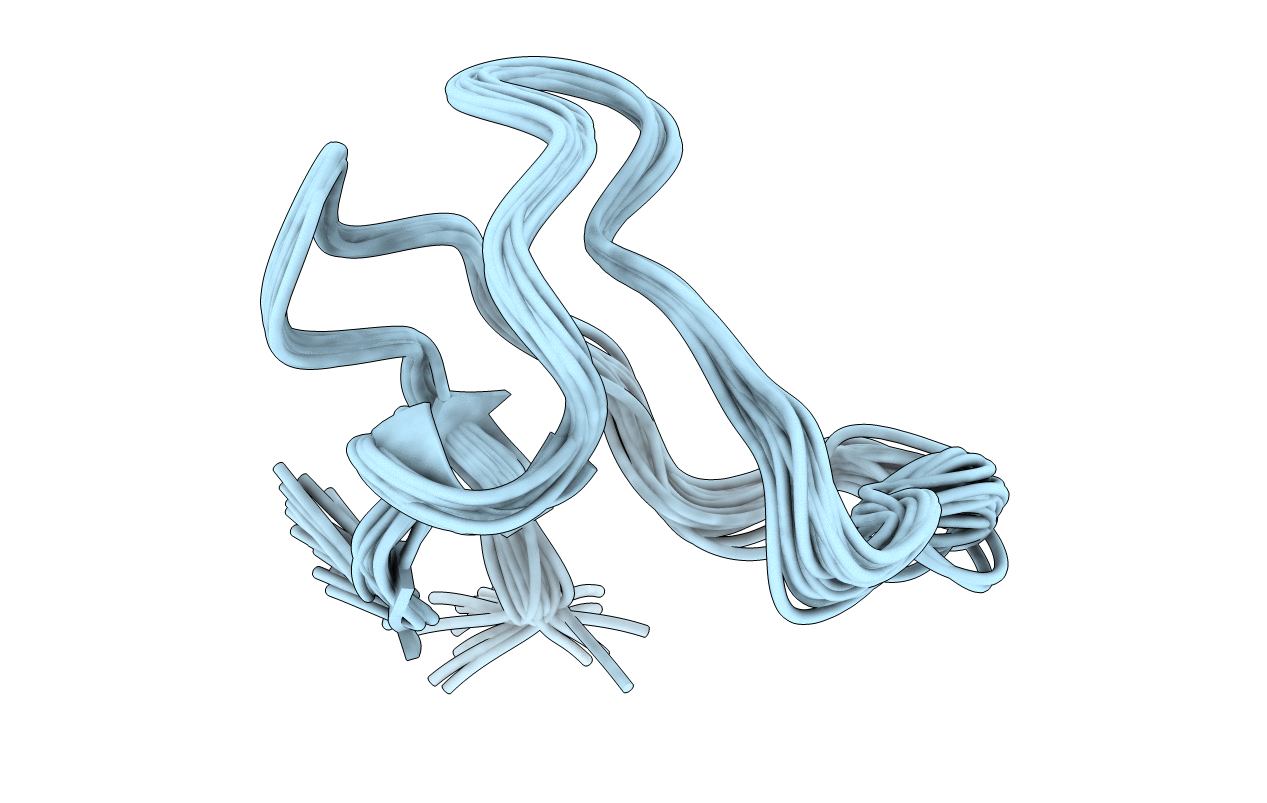
Deposition Date
2004-03-17
Release Date
2005-03-29
Last Version Date
2024-05-22
Entry Detail
PDB ID:
1SPW
Keywords:
Title:
Solution Structure of a Loop Truncated Mutant from D. gigas Rubredoxin, NMR
Biological Source:
Source Organism:
Desulfovibrio gigas (Taxon ID: 879)
Host Organism:
Method Details:
Experimental Method:
Conformers Calculated:
500
Conformers Submitted:
20
Selection Criteria:
target function


